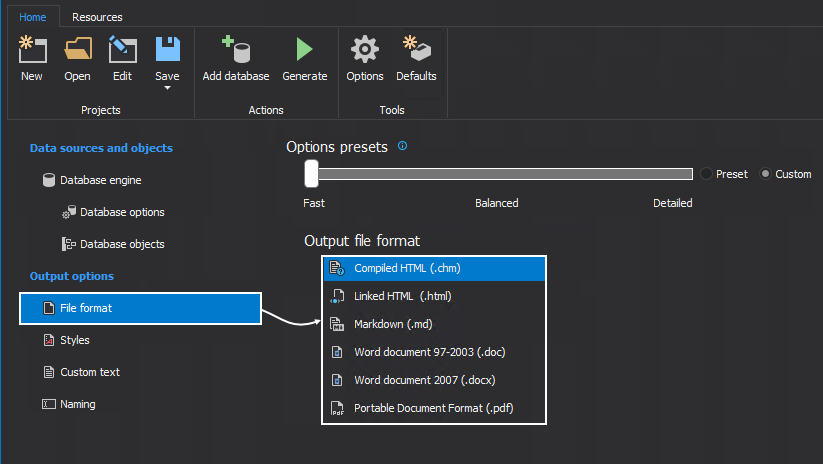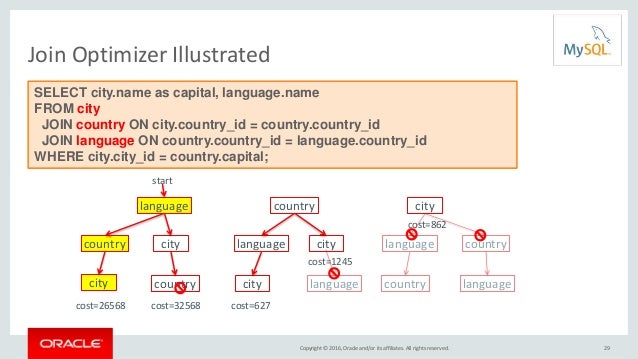
#Mysql optimizer script windows#
The Windows version explains pretty much everything, while Linux isn‘t so generous in many cases, Linux only provides the ‘skeleton’ settings that are most frequently changed and that are related to InnoDB (one of MySQL‘s primary storage engines). The Windows version of my.cnf ( my.ini) is also widely known for the fact that the file includes a bunch of comments (see image above). Image 1 – some of the settings available within my.cnfĪs you can see, the file houses a whole lot of parameters – some of those are more crucial for performance, others less. Once opening the my.cnf file, you should see something similar to the following:

In that case, search for the MySQL folder inside of it. On Windows, the locations will depend on what version of MySQL you’re running – for MySQL 5.7 on Windows 10, for example, the location could be /bin/mysql/mysql*.*.** where *.*.** is the version of the MySQL server or even in the ProgramData directory which is hidden by default. On Linux, it will probably be /var/lib/mysql/my.cnf or in one of the locations specified above. If running MySQL on Windows, the directory where the my.ini (note the extension change – my.cnf is called my.ini on Windows) file will be located will correspond to the directory where the MySQL data directory is located. The path to the directory containing my.cnf can also be defined by changing the value of the MYSQL_HOME variable. MySQL usually loads the settings from the file after finding it in one of the following locations: There are multiple locations where the my.cnf file could be located (the locations differ depending on what flavor of Linux is used). These parameters will then be loaded onto MySQL as the database management system starts up. The file contains various parameters that can be configured according to requirements. The my.cnf file is the main configuration file available within MySQL and all of its flavors.

In order to answer the question how should you optimize your my.cnf file for performance, I’ll start with the basics. Those developers that elected to use MySQL, however, quickly noticed that the database management system is not that powerful by default and started searching for ways to improve its performance, security, and high availability beyond its default capabilities as they found themselves working towards this goal, they found that the answers to the majority of their questions lie in one file – that file was called my.cnf.
#Mysql optimizer script software#
Since the dawn of software engineering, developers turned to databases to store their data – as time went on, some developers were able to choose their path more clearly: some started using PostgreSQL, some chose MySQL or its flavors (MariaDB or Percona Server), some went for NoSQL-based solutions such as MongoDB. Optimizing my.cnf for MySQL performance - Simple Talk Skip to content


 0 kommentar(er)
0 kommentar(er)
